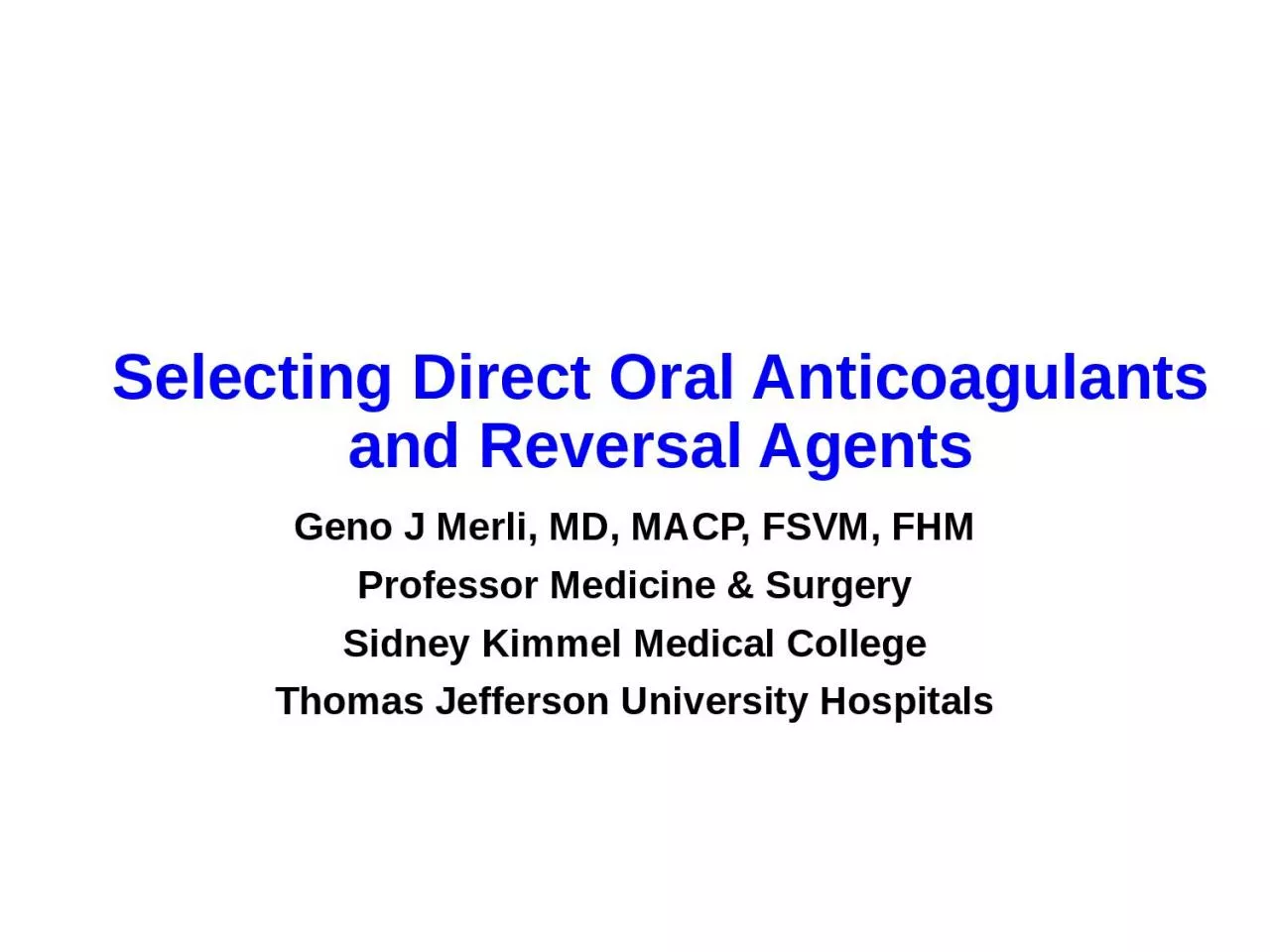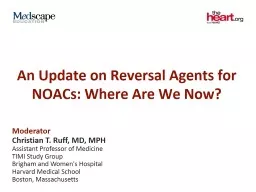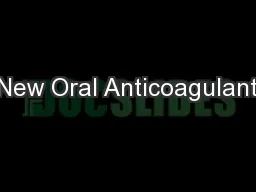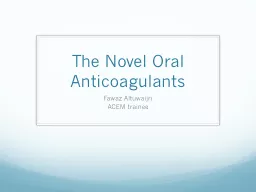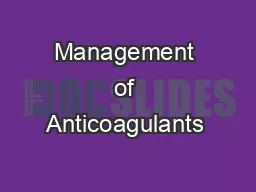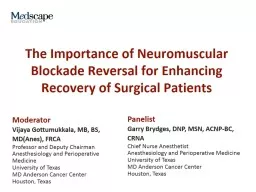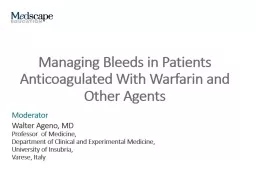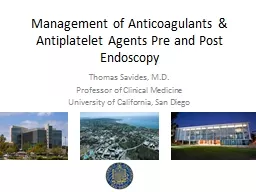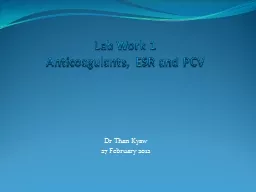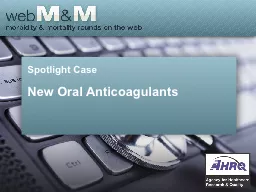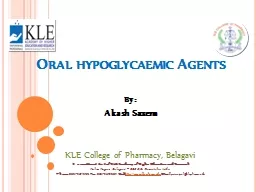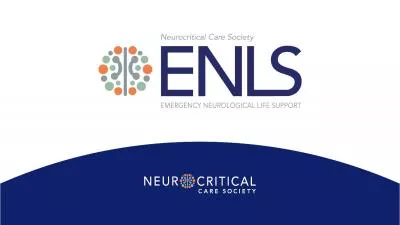PPT-Selecting Direct Oral Anticoagulants and Reversal Agents
Author : tremblay | Published Date : 2023-12-30
Geno J Merli MD MACP FSVM FHM Professor Medicine amp Surgery Sidney Kimmel Medical College Thomas Jefferson University Hospitals Disclosures Geno J Merli MD
Presentation Embed Code
Download Presentation
Download Presentation The PPT/PDF document "Selecting Direct Oral Anticoagulants and..." is the property of its rightful owner. Permission is granted to download and print the materials on this website for personal, non-commercial use only, and to display it on your personal computer provided you do not modify the materials and that you retain all copyright notices contained in the materials. By downloading content from our website, you accept the terms of this agreement.
Selecting Direct Oral Anticoagulants and Reversal Agents: Transcript
Download Rules Of Document
"Selecting Direct Oral Anticoagulants and Reversal Agents"The content belongs to its owner. You may download and print it for personal use, without modification, and keep all copyright notices. By downloading, you agree to these terms.
Related Documents

